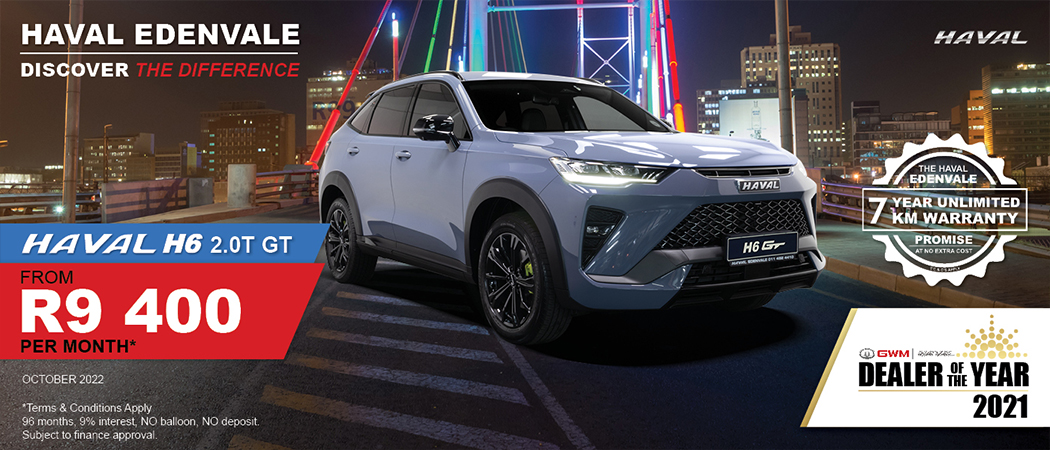The South African budget car segment is characterised by small-engined cars with modern safety features – and old school cars with bigger engines. Hyundai’s i10 sits comfortably in the middle of the divide… It does not have ABS or airbags, but the EuropeaThe i10 is arguably the first new Hyundai to show the influence of the Korean manufacturer’s European design studio. Its exterior design is characterised by an upright stance and very short overhangs, yet the newcomer appears less boxy than pictures suggest. The enlarged trapezoidal headlamps and rear light clusters contribute to the i10’s upmarket feel and the 14-inch wheels (with full wheeltrims), foglights, rear spoiler (with brake light) are standard.
At 2 380 mm, the i10’s wheelbase is claimed to be the longest in its segment and that, in conjunction with the vehicle’s tall roof, equates to generous head-, and reasonable leg and elbow room for four adults of average size. Both front seats are height adjustable, and the backrest angle controls are positioned on the inside, enabling the driver to reposition the front passenger’s seat angle if necessary. The standard luggage compartment measures 225 dm3, which isn’t spectacular, but there’s a full-sized spare under the floor of the luggage area and the 60/40-split backrest can fold down completely to create a flat loading space.
Although the utilitarian dashboard and other interior panels/trim bits are of the hard plastic variety, the overall impression is that of a neat, rattle-free finish and the promise of long-term durability. What’s more, a height-adjustable steering column, transponder immobiliser, central locking, electric front windows and air-conditioning are all fitted as standard and a radio/MP3 player with USB mini-port and four speakers is optional extra.
The i10 is powered by an uprated version of the proven 1,1-litre four cylinder petrol engine that develops 49 kW at 5 500 revs/min and useful torque of 99 Nm at 2 800 r/min. Average fuel consumption for the five-speed manual-transmission model is about six litres per 100 km, which translates to a range of almost 600 kilometres from the 35-litre tank.
The newcomer rides on McPherson struts at the front and coil springs (coupled with a torsion beam axle in the rear). At the launch the ride was firmer than expected, but straight line stability at higher speeds was a welcome surprise. Brakes are a mix of discs at the front and drums at the rear and provide good stopping power for the 900-kg supermini.
Prices at launch (July 2008):
1,1 GLS manual R89 900
1,1 GLS automatic (4-spd) R99 900
Original article from Car














